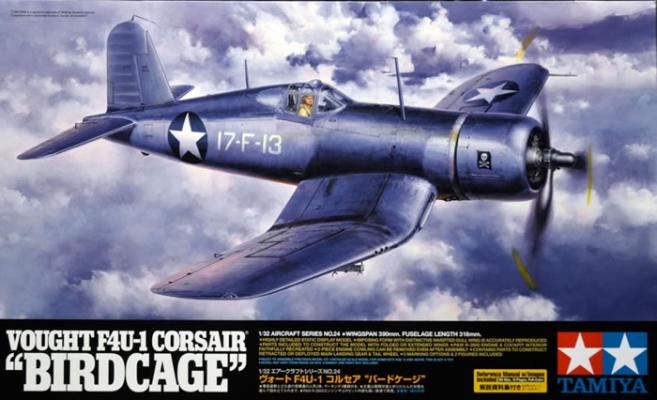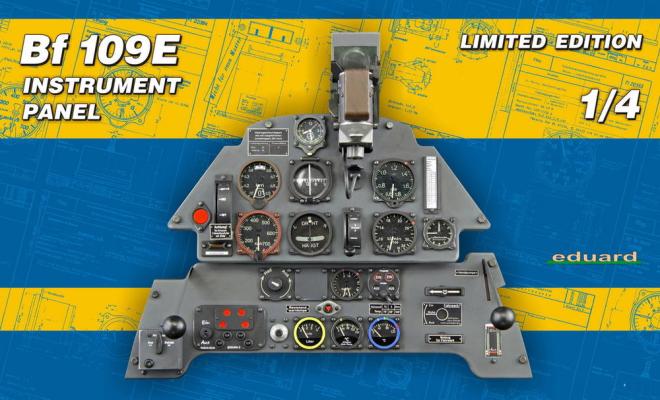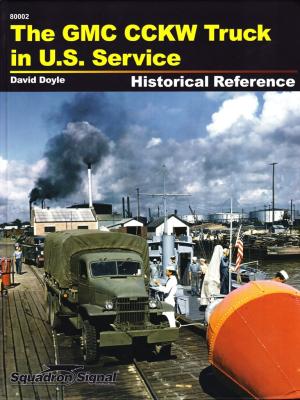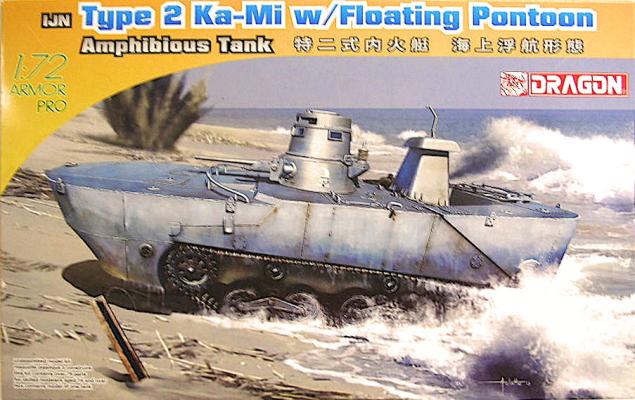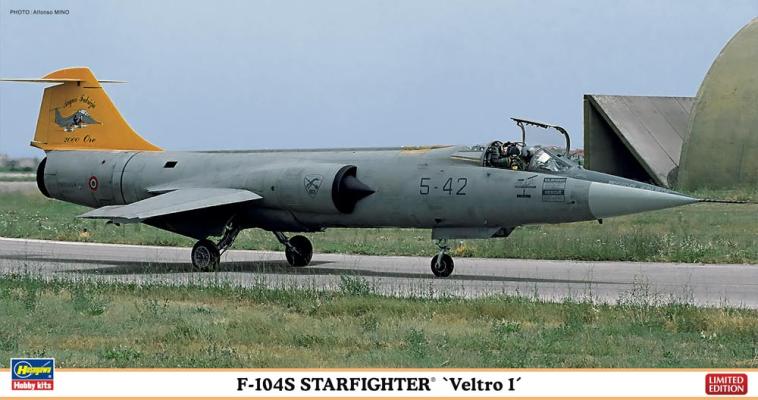After the last segment, the kit was ready for paint. There are three marking options included in the kit. I chose a tri-color screen from VF-17 aboard the USS Bunker Hill in 1943. To start painting, I wanted the bottom white to be hard and take some weathering. For this, I used decanted Tamiya lacquer from a spray can. This is just one of the many tricks I learned from Ed Kinney. I masked off the exhausts with Silly Putty and used a little red brown (just a couple drops) to tint the white away from pure white. This was sprayed in three coats and left to dry. The lacquer dried very quickly and very hard. At this time, the landing gear and the gear doors, the main flaps, and a bunch of miscellaneous parts were sprayed.
Welcome to the IPMS/USA Reviews site!
Introduction: The primary organization of the IPMS/USA Review website is by IPMS/USA National Contest Class. Within each Class there are sub-menus by kits, decals, books, etc. The Miscellaneous Class is for items that are not class specific or that cross two or more classes.
IPMS/USA Members: We encourage you to submit reviews, both here and to the Journal. To volunteer for membership in the IPMS/USA "Reviewers Corps" and submit your own reviews, please read the Guidelines For Submitting Product Reviews.
Manufacturers, publishers, and other industry members: IPMS/USA is pleased to offer your company the opportunity for product reviews. All product reviews are performed by IPMS/USA members, and are posted in the publicly-accessible section of our website. With very few exceptions, we perform full build reviews of new kit releases, aftermarket products, and supplies. If you would care to provide product samples for review, please contact John Noack, IPMS/USA 1st VP.
To learn more about IPMS/USA, please see our About Us page.
The Bf-109E instrument panel is the second instrument panel released by Eduard, the first being the Bf-110 panel. The kit consists of eighty five plastic parts on two grey-colored sprues, one clear sprue, two photo etch frets (one colored), and one decal sheet.
The construction sequence starts off with the Revi C/12D gunsight. Let me tell you, this is a kit in itself. The build is pretty straightforward. You just have to pay attention to the instructions. I put one PE piece on upside down and had to remove it and reattach it.
This is the second book to be released by Squadron Signal Publications under the "Historical Reference" series. As explained in the front of the book, this series is written by using in-depth research of primary documents, giving a very detailed look at the subject matter. It appears that there may other books in the works covering aircraft and vessels. As I have said before, in my opinion this book is like a Walk Around or In Action series book on steroids.
The book starts with the origins of the CCKW. This began in 1928 when the U.S. Army Quartermaster Corps started developing its standard fleet. What came from this were two 2-1/2 ton 6x6 vehicles. One of the interesting names involved in its development is a major player – John D. Hertz. Yes, of the rental car company, but he first owned Yellow Cab, and then Yellow Coach Manufacturing Company, which ended up merging with GM. They were instrumental in the development of the CCKW.
This one falls in the "that's an odd duck" category. This was a Japanese attempt – and a successful one, at that – to create a truly amphibious tank. The IJN developed the Type 2 Ka-Mi tank for invading Pacific islands that did not have adequate port facilities to handle regular tanks. The tank had removable pontoons fore and aft for flotation and to avoid shipping any water; they added a trunk for the air intake and a tower over the commander's turret hatch. It could do around 10 km/hr in the water, being driven by two propellers at the rear, and had a range of 150 km. These were probably test results in a bay or on a lake. I could find no information on its performance on the open seas, so I'd take that range and speed with a grain of salt. The vehicle was never used operationally in its amphibious mode, serving mostly as a dug-in pillbox on various Pacific islands.
The maiden flight of the F-104 was in 1954, and its final variant was the S (first flown in 1966) model, which was a licensed-production Italian version of the 104. The Italian Air Force and Turkish Air force flew the S model, with the Italians using them until 2004! (Pretty good service, I’d say.)
The Kit
Upon opening the box, you will find 16 (some have just one part on them) light grey and 1 clear sprues of injected molded plastic, a nice decal sheet with markings for one aircraft (a 104S from the 5th Stormo, 23 Gruppo, in memorial paint scheme), and an 8-page instruction sheet. The plastic is cleanly molded with nice detail and is flash free, but there are a few pin marks throughout the parts.











